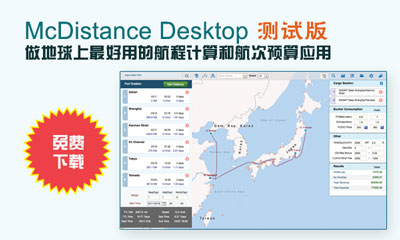
Iron ore at Port Hedland, photo (c) BHP Billiton
By Jasmine NgNov. 19 (Bloomberg) — Iron ore fell for a fifth day, approaching $70 a dry ton in a retreat to the lowest level in more than five years, as rising seaborne supplies fed a glut and Chinese data signaled slowing demand in the largest user.
Ore with 62 percent content delivered to Qingdao, China declined 2.2 percent to $70.20 a ton, the lowest price since June 2009, according to Metal Bulletin Ltd. today. The commodity lost 48 percent this year after slumping into a bear market in March as production climbed.
“As miners we are price takers, and effectively there is little we can do to substantially influence the price we are paid,” Anthony Kiernan, chairman of Perth, Australia-based BC Iron Ltd., told shareholders at the annual general meeting today. “We believe the iron ore price will improve as China and other customers in different markets continue with infrastructure development and general economic growth.”
The steel-making raw material collapsed this year as the biggest producers including Rio Tinto Group and Vale SA boosted output from Australia and Brazil, swelling the global surplus just as growth slowed in China. Iron ore’s slump deepened this week after data from Asia’s largest economy showed a drop in new-home prices and rising bad loans. Citigroup Inc. forecasts that prices will extend losses below $60 a ton next year.
“Iron ore’s decline has been relentless,” Mark Keenan, Singapore-based head of commodities research at Societe Generale SA, said by e-mail today before the price was released. “China is showing some signs of waning demand. The market is also starting to focus on the supply growth out of Brazil, in addition to the rising output from mines in Australia.”
Stocks Climb
Iron ore’s retreat exceeds the 7.1 percent drop in the Bloomberg Commodity Index, which tracks 22 raw materials from crude oil to copper and gold. The MSCI World Index of global stocks is 3.4 percent higher in 2014, while the Bloomberg Dollar Index advanced 7.6 percent.
Rio shares dropped 1.6 percent today to 2,955.5 pence, while BHP Billiton fell 1.2 percent to 1,640.5 pence at 11:41 a.m. in London. Fortescue Metals Group Ltd. sank 7.7 percent in Sydney trading today and BC Iron lost 12 percent to take losses in 2014 to 89 percent.
Data this week showed new-home prices in China dropped in all but one city tracked by the government in October from a month earlier, according to the National Bureau of Statistics. Construction accounts for about 50 percent of China’s steel demand, Commonwealth Bank of Australia said in a report.
HSBC’s Outlook
Global seaborne output will exceed demand by 100 million tons this year from 16 million tons in 2013, HSBC Holdings Plc said in an Oct. 22 report. The commodity will average $99 a ton this year and $85 a ton in 2015, the bank predicts.
Iron ore will dip into the $50s in the third quarter of next year, Citigroup said in a Nov. 11 report. The bear market still has a way to go as supply increases and demand remains weak, according to analyst Ivan Szpakowski.
From Brazil, Anglo American Plc began operations last month at its Minas-Rio project, which is expected to produce 26.5 million tons a year. A price recovery may take as long as 18 months, Paulo Castellari, chief executive officer of the iron ore unit in Brazil, said in an interview this month.
“The key issue is there’s this huge volume going into the market and it’s not easing up,” said Gavin Wendt, founder and senior analyst at Mine Life Pty in Sydney. “We might see prices stabilize to some degree, but as to any sort of significant recovery, I think that’s unlikely.”
–With assistance from Phoebe Sedgman in Melbourne.
Copyright 2014 Bloomberg.



